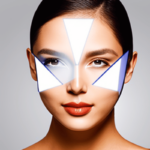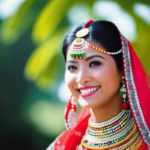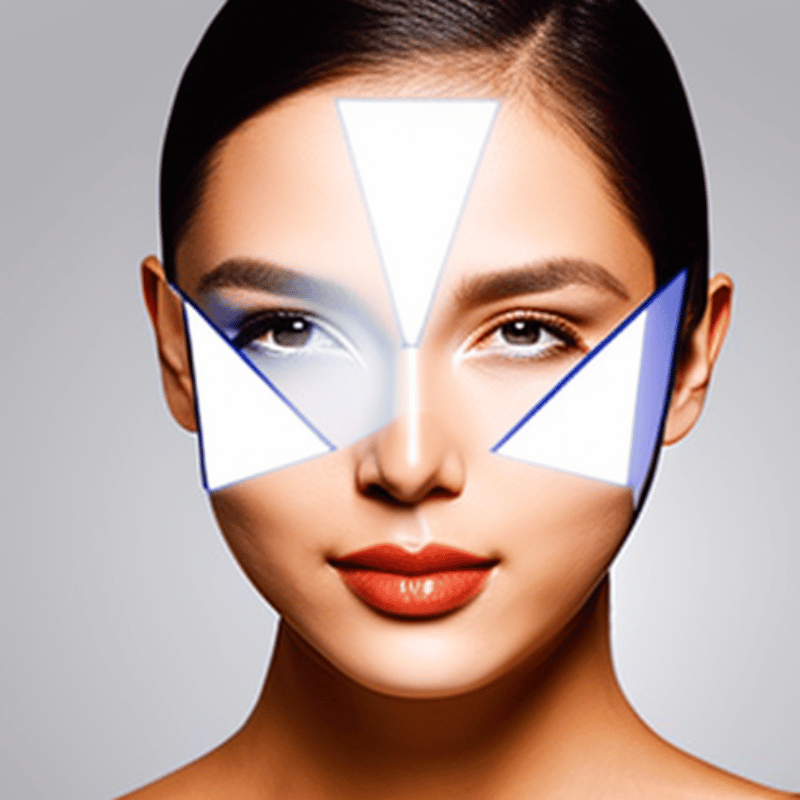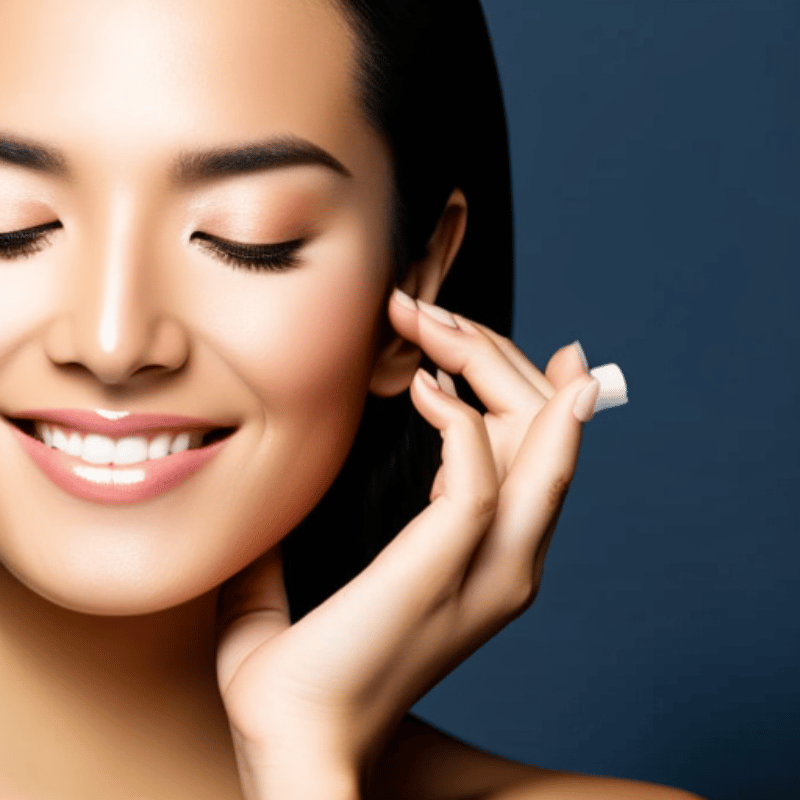The definition of beauty has been a subject of discussion and debate for centuries. Some people see it as a combination of physical attributes, while others believe it is a reflection of inner qualities such as kindness, compassion, and intelligence. However, one thing is certain – the standards of beauty have changed dramatically over time and continue to evolve in the present day.
Society’s Perception of Beauty
The perception of beauty is shaped by a variety of factors, including history, culture, and media. Throughout history, beauty standards have evolved and varied from one society to another. In ancient Greece, for example, the ideal beauty was embodied by the statue of Venus, which depicted a full-figured woman with a round face and ample hips. In contrast, in the Middle Ages, a slender and pale complexion was considered the epitome of beauty. Today, the beauty industry is worth billions of dollars, and the standards of beauty are shaped by fashion, media, and advertising.
The media has a significant impact on society’s perception of beauty. Magazines, television shows, and social media platforms are filled with images of models and celebrities who are considered to be the epitome of beauty. These images often depict a narrow definition of beauty, which can lead to unrealistic expectations and body image issues. Moreover, the beauty industry profits from selling products that promise to make people look and feel more attractive. However, many of these products are not backed by scientific evidence and can be harmful to people’s health.
The Different Types of Beauty
Beauty can be classified into three categories: physical, inner, and cultural. Physical beauty is based on external attributes such as facial features, body shape, and skin tone. Inner beauty refers to a person’s character, personality, and morals. Cultural beauty is shaped by the beliefs and customs of a particular society and can vary greatly from one culture to another.
Physical beauty is often emphasized in our society, but it is important to recognize that inner and cultural beauty are equally important. Inner beauty is what makes a person truly unique and attractive. A kind and compassionate person is considered beautiful, regardless of their physical appearance. Cultural beauty is shaped by the beliefs and customs of a particular society and can vary greatly from one culture to another. For example, in some cultures, a round face and ample hips are considered beautiful, while in others, a slender figure is preferred.
Conclusion
In conclusion, the concept of beauty is constantly changing, and it is influenced by a variety of factors, including society, culture, and the media. While some people focus on physical beauty, it is important to recognize that inner and cultural beauty are equally important. Ultimately, beauty is not just about appearance but encompasses a person’s entire being.
It is time for society to embrace diversity and celebrate all forms of beauty, not just those that are commonly accepted as attractive. By rejecting rigid beauty standards, we can create a more inclusive and accepting society where everyone is free to express their individuality. By embracing our differences and celebrating our unique qualities, we can promote self-acceptance and help others to do the same.
In the end, it is up to each individual to decide what beauty means to them and to celebrate their own unique qualities. By embracing diversity and rejecting rigid beauty standards, we can create a more inclusive and accepting society where everyone is free to express their individuality.





